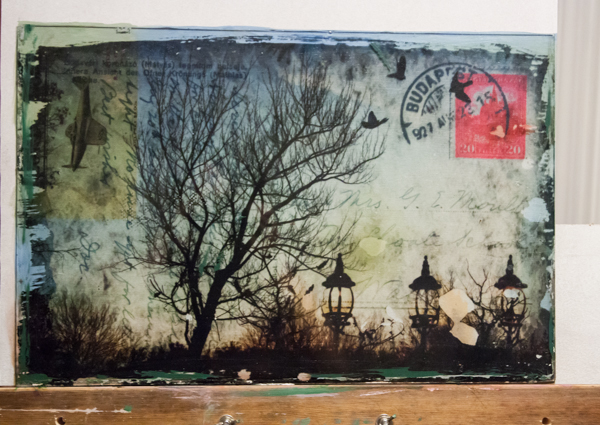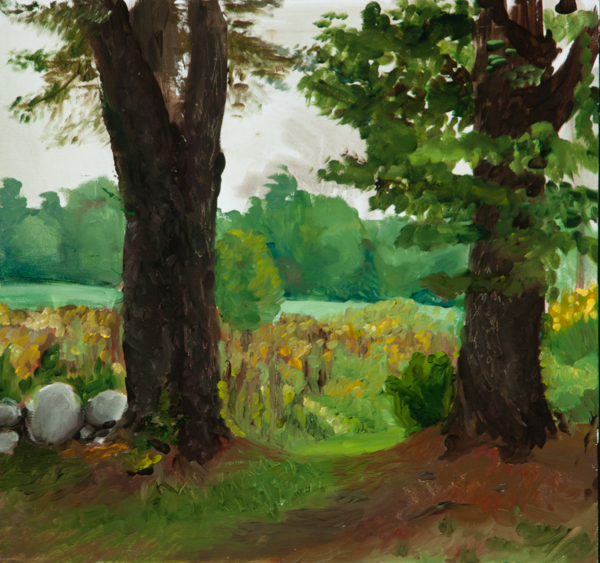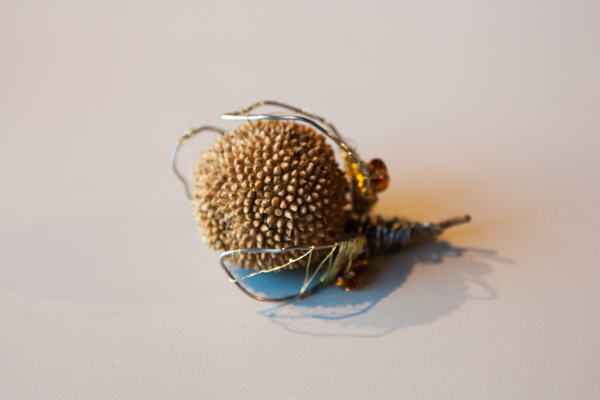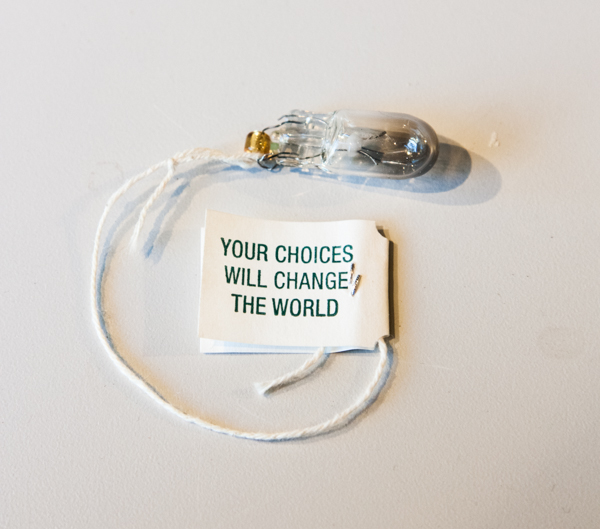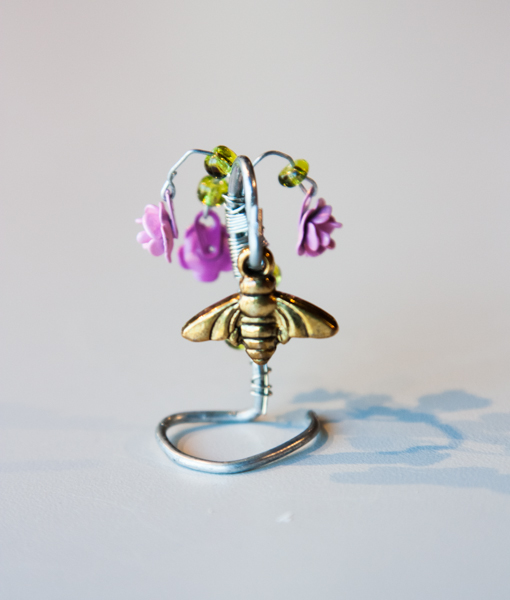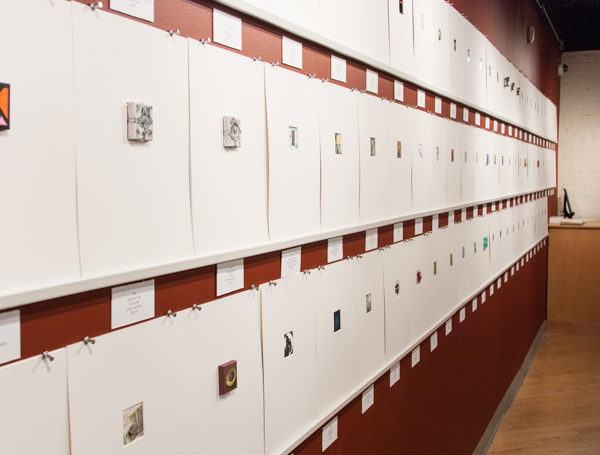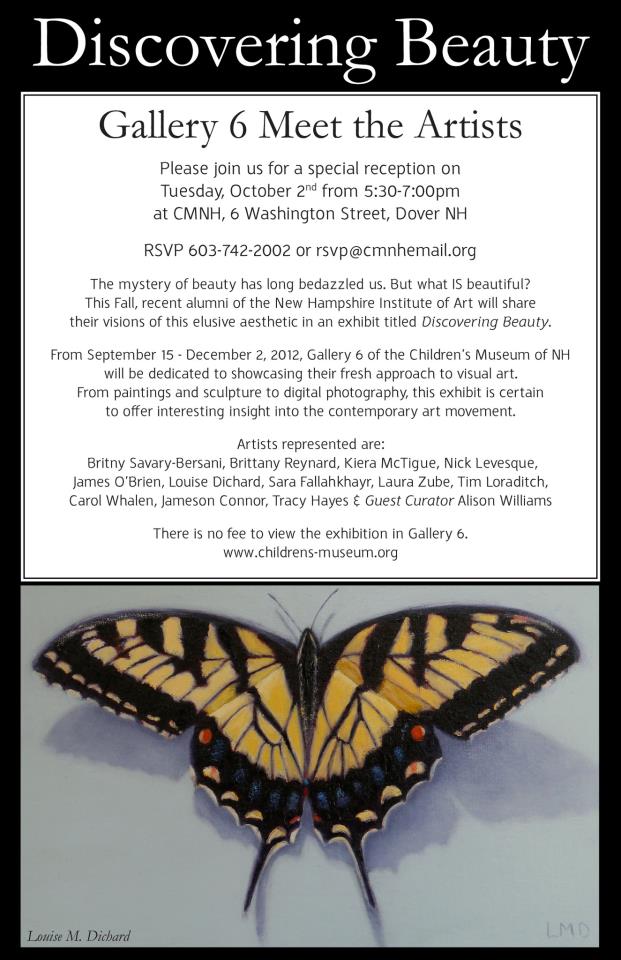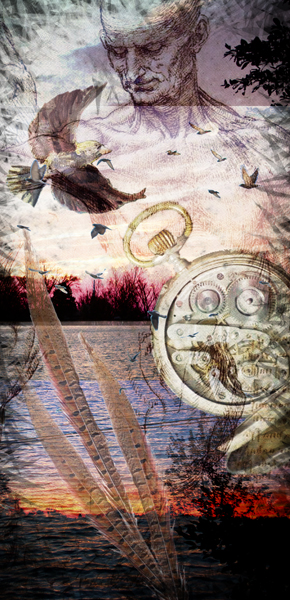In my continual attempt to understand how technology shapes our understanding of time, I decided to create gifs. It was rather fun! Creating each frame is like creating a character. The gifs are appropriately always moving, but going no where. (Click on the gifs to see larger!)
Blog
100
Shows
I went to an opening last week for some work I have at 100 Market Street in Portsmouth again. If you're in the area, you should definitely check it out! It's right across from the parking garage in Portsmouth, and summer is a great time to be down by the coast!
My work at 100 Market Street
100-2
Kim Ferreira was the grand prize winner of the current show.
I dropped off work a week or so ago for a show in September that will be in Massachusetts. This place looks pretty much like a small castle, and I'm definitely looking forward to that reception!
Castle
Borderland Mansion
This is the 11th Annual Blanche Ames National Art Exhibition at the Borderland Mansion, and the reception is Saturday, September 21st at 7:00pm.
July News
Somehow summer is never quite as relaxing as I expect it to be. I've been having a blast though! Lots of stuff to do, that's for sure. I have some work up right now at the Azure Rising Gallery in Wolfeboro, if anyone is heading up to the lakes region to cool off! It is a very scenic area. I snapped a picture on my way up at one of the scenic overlooks. The art work will be on display through the end of July. There a couple more shows coming up. I'll post again when those details are solidified.
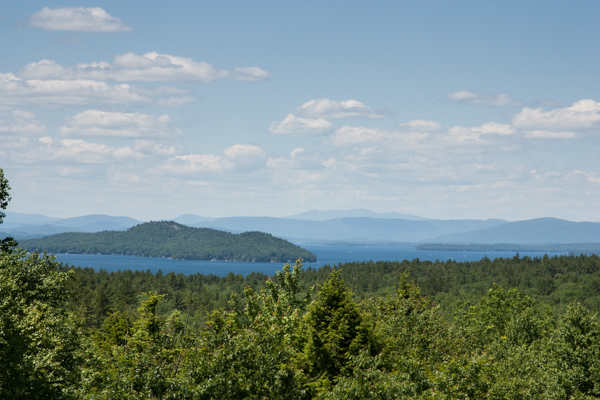
At the end of June, I started my masters at the Art Institute of Boston at Lesley University. It's a low residency program, which means I attend a residency in June and in January, and during the rest of the year, I work independently, consulting with mentors and advisors regularly. I'm really excited to be starting. Our June residency was an amazing experience. Being surrounded by people intellectually and passionately discussing important artistic concerns for ten days was a superbly stimulating experience. I will be taking some new directions in my art as a result, which is something I was looking to do. I got a tremendous amount of feedback, inspiring some new ideas. You can follow more about this experience here.
Hot off the Press
Spring seems to always be a bussle of activity. Like autumn, it's a season of transitions. There are birthdays, graduations, things to wind up and things to start. Somewhere in all this, life has to continue too. Thanks to some schedule changes at work that are common this time of year, I ended up with a couple days I was able to devote entirely to the studio. If only it was always this way! I guess one good thing about working other jobs is that it makes me appreciate these studio days all the more! Here's a sneak peek at one of the pieces I've been working on:
Sinking Sand
Every moment I'm not creating feels like something wasted, something I can't get back. The sifting sands of time seem forever shifted out of my favor. There's an urgency, I don't know why, that causes me to constantly push and run for a finish line I can never reach, a resting point just out of my grasp. Perhaps it is because I'm still young, and do not yet value the longevity of time. It seems to pass too quickly. I'm running on sinking sand.
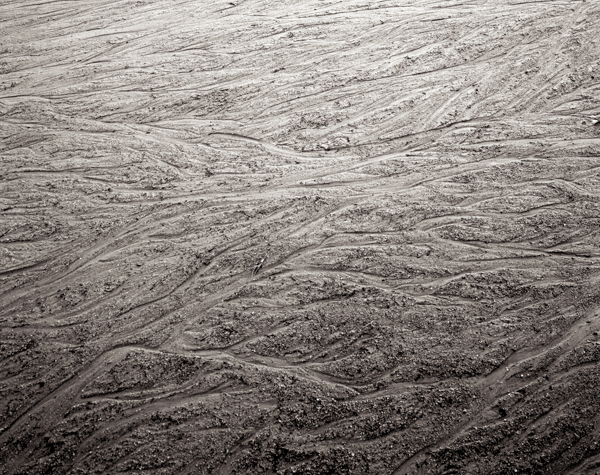
Beauty
"Beauty created by God is nature. Beauty created by man is art." -Immanuel Kant, 1790 A strong aspect of my of my work is "finding beautiful." This discovery process has become a driving force of my art making. I am once again rearranging studio spaces, and have been reorganizing my art. Much of it was from my undergrad days, and it's been fun to revisit some of these oldies. I looked for beauty in landscapes, beauty in people, in portraiture, in faces. Looking at my early paintings in particular, I can see happiness in my brush strokes. One my instructors once told me that. He said he could tell from my paintings that I was happy. At the time, I didn't know what he meant. I looked at my paintings and saw my frustration with an ellipse, my struggles with perspective, my uneasy attempts at a natural sense of space. I see it now though. I see the brushstrokes as works of joy.
I search for the beautiful has continued. I look for beauty that is beyond a visual aesthetic, more than what lies on the surface. I use the visual aesthetic as a means to represent powerful feelings of passion and wonder and other unnamed emotions. These feelings and desires are part of what makes us alive. And life is a beautiful thing.
John Paul Caponigro
I attended a lecture last Thursday by John Paul Caponigro at the New Hampshire Institute of Art. The current show up in the French Gallery is of his and his father's work. The lecture was very inspiring, and informative. He touched on a lot of things I feel strongly about. I would probably describe his work as surreal digital landscapes. I admittedly was not very familiar with his work previously, and it was very interesting to be introduced to it and have it explained simultaneously. I was not immediately drawn to it at first. The images are cold and ominous to me. He has a strong vision though, and his self-classification is as an environmental artist. His main concept is along the lines that the earth and environment are fading or are precious resources needing conserving. His images include nothing living. Water, sand, light, waves, and clouds are the main characters in his story. He spoke first of using digital techniques and photography in general versus other art forms. John Paul studied painting in collage, and said how painters don't discuss their tools as much as photographers. Painters do not think having the same brush as Rembrant will make them a better painter. Yet when someone takes a great photo, people say, "wow, you must have a great camera." The equipment does not make an artist. It is their vision that creates what they see. He spoke of taking pictures out in a field with his father, using the same camera, same lens, and same f-stop, and creating entirely different images. Once, he was invited to participate in a digital project sponsored by Olympia and he asked if he was allowed to use any manipulation. They said he couldn't do anything a normal film camera could not do and he said, why make it digital then? His point was that digital has so many possibilities and potencial and is restricted for no reason. He constantly seeks to push it farther. He often distorts, stretches and otherwise manipulates his images. I find this to be a very valid point. Any chosen medium should be chosen with care and continuousness, and, as an artist, it's possibilities farther explored. John Paul spoke on his many principals of creativity. Drawing was the first one. He showed his personal drawings and thumbnails. He had a strong drawing past, and could very accurately render images. He showed how he makes these thumbnails in photoshop that allow him to play are with compositions and elements. He recently went to Antartica, and showed how he broke it down into a few key elements: iceberg, moon, horizon, water, clouds and mountain. He drew theses things in Photoshop and the played with different arrangements, scales, and orientation. Clouds in the water, mountains upside down...
Composition was another key. There are standard compositions used in landscape, such as a leading path, a frame, and layers, and then combinations of these. He also spoke about aspect ratios. He doesn't use a standard one, but allows the image to inform the ratio. I appreciate that. Many people would probably argue against it, and doing this makes him a rebel against tradition, which he is anyways due to his manipulations. Doing this shows the flexibility of his medium. Also, he doesn't follow the rule of thirds. He may use it, but not to the exculsion of halfs, eigths, quarters and twelfths. He said musican don't ont cut the occative in half or thirds, but create a sectrum of notes.
Color was the other key aspect. He should how he sometimes makes finished images into large pixel thumb nails that allow his analyzed the colors, and showed charts from color theory. Color also creates space and mood.
Writing was a slightly surprising point as well. He said to make list, like a bucket list, to determine priories, and how writing things down makes toy more likely to come to past. He also showed hw he might story board "characters" from the story he is trying to tell. He photographed sand dunes in Africa twice. The first time, he returned without images he was very inspired by. As he worked on them, he began to see the waves appear and realized these images were connected to his story of water. When he returned, he was much more pleased with his results.
I asked a question at the end of his lecture, saying how his images are strongly cohesive and if he contiously chose a direction ofr if it was directed by concept. It sonded like a little of both. He spoke about exploring an idea and filling it out, and how Picasso had a blue phase and a pink phase, yet it was still strongly his work. John Paul had shown us some of his iPhone images and said how when he sells these images, he sells them as sketches. He talked about keeping clarity of brand. What do you want? What are you saying? Attending this lecture inspired me to continue to push my art in unexplored directions and to pursue the story I want to tell.
Etsy
Thanks to te encouragement of several people around me, I finally got an Etsy shop open. Etsy is a great website to find unique, handmade and vintage items. I'm planning to carry small work editions and creative cell phone cases on it.
In other news, I have decided to continue my education with a Masters degree. I am excited to do this. I think it's important to not get stuck. Keep moving forward. Make more art. I remember thinking as a child that life would get easier as I got older. Maybe it will, but it hasn't yet. There are so many decisions to make with long term effects on my future. I must simply remind myself that most of these options. The only way to loose is to do nothing.
"An artist cannot fail; it is a success to be one." Charles Horton Cooley
Broken
I do not make perfect art. All of my work is done primarily on recycled materials that I clean up and recreate as artwork. Often, these materials will have small chip, scratches, or left over paint. Most of my current work has been done on old window panes. It's a lot of work to remove the putty around the pane, chisel away chunks and paint, and pop the pane out. Often, a pane will break in the process, but can usually be salvaged as a smaller piece. Sometimes I look at my hands after, red and sore from effort, scratched and dusty. I feel my shoulders sore from scrapping, my mouth dry from the dust. I don't think I'd have it any other way though. One night in particular, I was struck by this realization. I was wrapping up a piece of art to be delivered the next day, and the space I was working in was cramped at best. I was picking up a sheet of glass with a transfer on it but instead of lifting it, it gently fell forward and hit the leg of the table, cracking down the middle. I stared at it in stock. Could it be salvaged? But I knew the gallery director had selected this piece, and this crack was not part of the original intent. I rushed around and was able to complete a second transfer in time to drop it off the following evening, but int the process, it came to me:
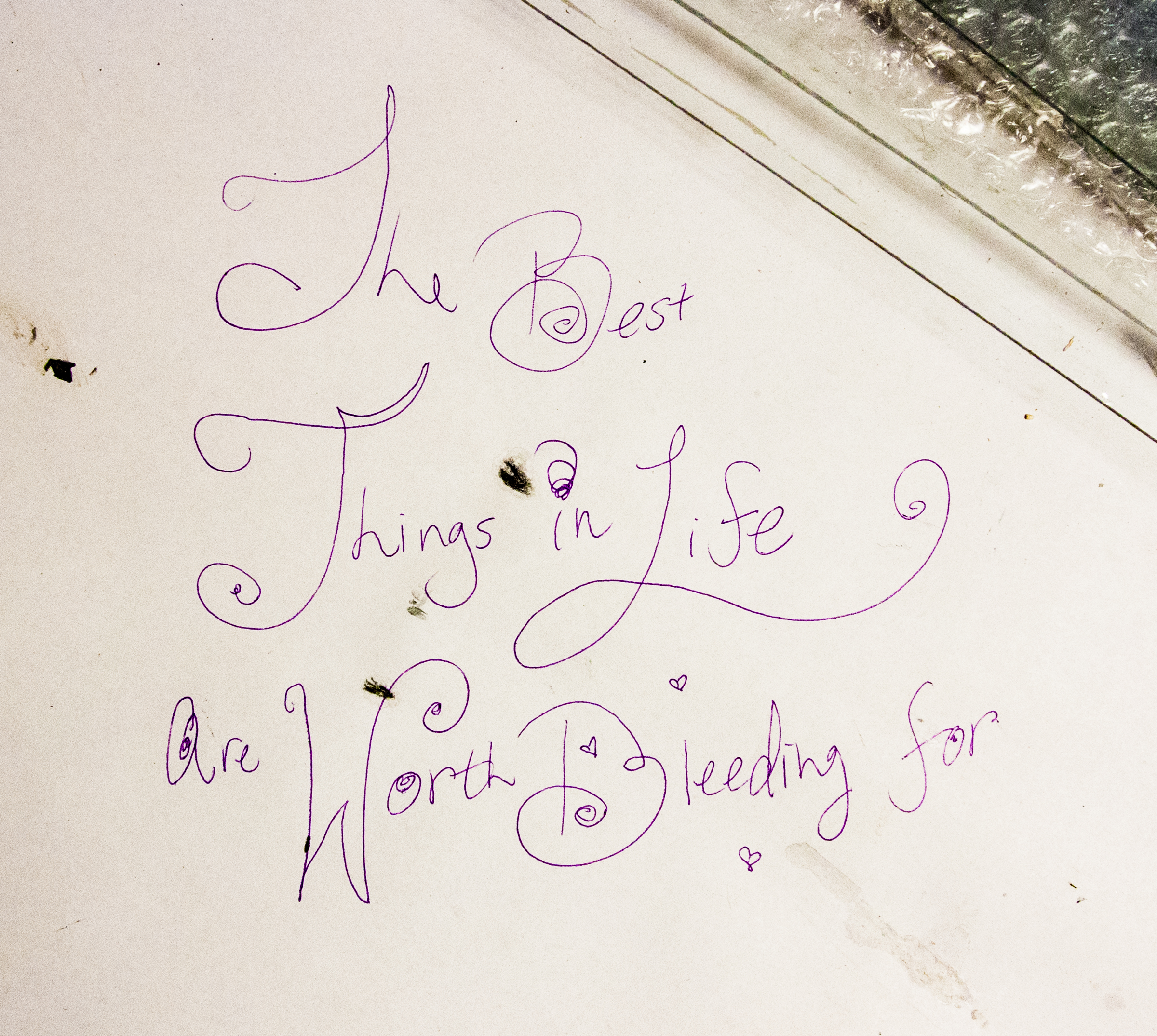
It was a little tongue-in-cheek at the time. In a matter of a about two weeks, I had three completed pieces break on me for different reasons, a problem I hadn't experienced before. I was reconsidering my relationship with glass. I've always loved the glossy texture of glass and its cool, smooth surface. Plexi and acrylic don't quite replicate the transparent seductiveness of glass. I appreciate the greenish tint and the weight of glass, and how it doesn't scratch. The idea that glass is for windows and mirrors is an almost critical point to my work, which I feel to be a window through reality in a way. To some extent, I also admire the idea that it is so fragile. There's a certain amount of tension knowing my art is on a substrate that could break or chip if mishandled, that it could be crushed and turned to dust. I often display my work on shallow shelves so that the art leans against the wall, like it is on an easel. The shelves are sturdy, but it gives the piece a feeling of balancing. It won't fall, but it could. We won't die today. But we could. The world is a fragile place.
So I continue my affair with glass and all its cuts, breaks, and shine. I'm working on finding something to do with the broken pieces, but for now, I continue with the ones that are whole.
In other news, I have a piece in the New Hampshire Art Association show. Opens Friday! 5-7pm in Portsmouth.
Openings
This weekend's openings were great! It's so satisfying to all the hard work pay off and to have a fun time at an opening. It was definitely on the cold side, weather wise, but luckily all the galleries had the heat on! Here are some pictures from the events:
"Love, Lust and Desire," at McGowan. You may be able to spot my piece--upper right!
My work at the Gallery at 100 Market St, in Portsmouth
Also, a fun fact: While at McGowan Fine Art Gallery, I met another fellow artist named Kiera! For us, it was truly a once in a lifetime event. She has some nice photography work in the show and also on her website.
Minumental
I think I've mention before that one of my many hats is a gallery assistant at the New Hampshire Institute of Art. We just finished hanging one of our biggest shows of the year, the Minumental. This show is quite fun. Students, faculty, alumni and artists in the community all participate. The only requirement is that every piece is under 2x2x2 inches, and priced under $44.95. This year we received at outstanding 532 pieces. It was amazing to see these miniature pieces of art fill two gallery spaces. I submitted a couple pieces myself. I like to do a three dimensional for this show. Probably less than 25% of the work received is three dimensional, and I think it's a great opportunity to experiment with a different technique. The show opens tomorrow at noon at both Amherst and French Galleries in Manchester, NH. Better get there early if you have an eye to buy one of the pieces though! Sales can be quite competitive!
"The Protected Promise (Pendent)"
"A Small Word of Advice"
A view of one of the walls!
February
Again, it seems that when it rains, it pours. Suddenly my art is in high demand, which is certainly one of the better problems to have. Two openings are February 1st, 5-7:
- "Love, Lust and Desire," is a group show of small works at McGowan Fine Art Gallery, in Concord, NH
- 100 Market St in Portsmouth, NH, is also a group show, with some of my larger work
February 2, 4-6:
- I am also having a solo at Number 27 Gallery in Rochester, NH.
It's been a busy week getting everything together and satisfying to see everything fall in place. If you can make it to any of the shows, it would be great to see you!
Art Doesn't Have to Match the Couch

This is an image by Greg Constantine. It kind of summarizes my current thoughts. I recently sold several small pieces and it made me start thinking about how to make work that sells better. That thought is like poison to me. My day job right now is taking family pictures, and I think about how much different that is from my art work. The average person sees photography as all the same, and while the tools are the same, the intention is not. It's like a baker and a chef. One makes entres and the other desserts, but both use an oven. Family portraits typically sell not because they are original ideas or compositions, but because the people are meaningful to the purchaser. A stranger looking at a family picture will mostly likely not value it like the family does. In my experience the average family is in fact not looking for something original at all. A litte different, perhaps, but if you stray too far from the traditional portrait, they will start to inform you that you are doing it "wrong." Everyone knows what a family portrait is "suppose to look like" and even those who claim to want creativity seem to hold this idea quite firmly in their minds.
It's interesting how taking these more commercial images has given me deeper insight into what art is to me. I think of Renaissance artists, and how each one has a painting of the Madonna and Child, and famous religious scenes. Renaissancearts were commercial artists by today's standard. Most, if not all of their work was commission based. The concept was more or less given to them and they were hired on technical skill more than anything. Middle ages even more so. Art reflects the value of its society, and in medieval times, patrons were not interested in original ideas. Images of the saints were considered to hold spiritual value, and the more exactly replicated it was, the better.
The modern artist is now expected to have more original ideas and it is the concept that makes the art. A large reason for this is the invention of photograph. An exact image can be easily captured so exact replication, while still valued on a commercial level, is not so highly esteemed in the art world. White canvases and childish mark-making are clear examples of this. It is not so much of the "how" as it is the "why." As photography becomes more and more accessible with each cell phone purchased, this divide becomes stronger.
Where does my work fit in this jumbled mess? My work is "pretty" in many ways and lends its self to more decorative applications. I make each image with meaning and intent though, not simply aesthetics. Everyone has an opinion. Make more ocean pictures, everyone buys ocean pictures. Pictures of sea shells, people love those in the bathroom. Photograph weddings, that's where the money is. Paint people's pets, they love their pets. Follow the money. This advice has a certain logic to it. I think of my goal, to be self sustained on my art. Is that not every artist's dream? But at what cost? I want to say that as long as I am making art, the end justifies the means. What happens when the money runs out though? When people don't have the extra dollar for the sea shell picture and the sell-out's funds run out? Is it a compromise or is it smart? I don't comprise. I never went to art school with the idea that I would get rich quick. Yet people will justify the most heinous crimes if it's for provision. There must be a balance, between making art to sustain the soul and making art that pays the bill. Michelangelo considered himself a sculptor, yet painted the Sistine Chapel. He had to make a living too. Perhaps some of the most wonderful moments in that masterpiece are the painted statues, so real in their appearance, they seems to be carved from the fresco. He kept integrity to his work even in work that wasn't his first choice. He is remembered for it. And I bet Greg Constantine's piece is above someone's couch right now.
Openings
It's been a busy fall, and I've been getting my art out there! Last weekend I had an opening at Artstream for their show titled "Home." That was interesting for a few reasons, the main one being the director selected the pieces she wanted. When I thought about how my work fit into this theme, it was surprisingly easy to see the connection: The heart searches for a place of acceptance, belonging, security and peace. This the idea of home. Often, it is tied closely with nostalgic impressions, memories from our childhood. As one comes of age, the idea of home changes. The utopian home may no longer include the white picket fence of parents dreams. It evolves as we find our new fence behind tall, barren trees, or past the city's outskirts as we venture out into the unknown. From our earliest days, we are searching for independence and wholeness. These two ideas are often at odds, as the first demands separation and the latter, camaraderie. The discovery of independence causes us to establish a new home for ourselves. This journey can take us to unexpected places, and in the wilderness, our heart may be able to hear its voice more clearly. While we may not always be near home, its idea surrounds us. Thus we find familiarity in the foreign, hope in barren, and life in the dust.
[gallery order="DESC"]
This past Saturday, the Winter Salon Show at Soo Rye Art Gallery opened. The exhibition had a nice diversity of work on display. It was a great opportunity. It's been interesting to me to see how one thing can lead to another. I'm excited to see the next step!
Art and Beauty
Art is war. I'm pretty sure any artist could tell you that. The career path of an artist is rarely clearly marked, and often, we must forge our own. It's a balancing act of the day job, responsibilities, commitments, and personal health. I find that I become most stressed when I am unable to determine what the priority is. Everything can seem equally important, but everything cannot always be done. My work at Gallery 6 looks good. It's a creative space, and I enjoyed seeing the display. The show was well selected, with a nice variety and consistency.
[gallery order="DESC"]
The show was titled Discovering Beauty, and it provoked me to think about the idea of beauty more thoroughly. It has always been an important aspect of my work and I appreciated the opportunity to farther explore the topic. I focused on these ideas in relevance to the work on display:
Explorations of Time and Space
In a single moment, we register images, smells, sounds and words, and link it to our past, present and future. Reality is layered. Beauty exist in the overlap. The world is seen through many eyes, and thousands of realities exist in a single space. My work expresses the layers of reality, and the duality of perception and the truth. It is a journey through these layers, and exploration of what is seen and what is felt. Photographs capture an instant, and layers of photographs read as a film strip, showing how time passes. Painting and distortion reflect on the deception of what we see. I embrace imperfections of my varying processes to emphasize the beauty of what we cannot predict.
All things perceived are temporal, only lasting a moment, vanishing with the light. The spirit endures beyond the dusk of the flesh. Repetition of sunsets reiterates the series of days. Life is made up of moments that cannot always be seen all at once. Our bodies are as a ticking clock, with an ever nearing end, yet the decay of mortality is beautiful. Birds and flight are represented in my work as a means to escape from the traps on routine. Our spirits can fly beyond what we can see. Discovering the freedom is the most beautiful part of life, allowing us to move between the layers.
Indestructible
Due to circumstances beyond my control, I had to move out of my studio space last week and found it deeply depressing. It felt like a large step backwards in my dream of a self-sustained artist. I was at a loss, looking at all my materials jumbled up and no longer standing in their own space. Now my art supplies are dispense over three rooms and a hallway in my house. It took me several trips to get everything from my studio to my house, and each one felt like a retreat. I guess that's what happens when you step out on a limb. The next day however, as I began to reorganize my supplies, I felt hopeful again. I will not stop making art. This is a minor set back in the scheme of things. One of my all time favorite quotes is from Picasso.
We artists are indestructible; even in a prison, or in a concentration camp, I would be almighty in my own world of art, even if I had to paint my pictures with my wet tongue on the dusty floor of my cell.
We artist are not like normal people. I don't mean to say that with pretention, but our carreers require a certain amount of tenacy you won't see in other fields. Very few careers are referred to as the "starving," like artists are, and perhaps it's because people of other professions will not suffer the empty stomach to hold to their career. The artist works for the love of what they do. I make art because I cannot stop making art. Even if I never saw a money from it, I would not stop.
Antlers and Thorns
Allow me to think aloud for a moment. I am contemplating a new piece, and elements are starting to work together, but I have to understand what it means, what it is saying, and how or why or if I agree with it. I have started with a thistle. I photographed one while walking not too long ago, and it's prickly skin and rough beauty captured my attention. Since then, I have began to research the thistle, and found it is Scotland's national flower, and has been used to represent an audacious nature. It testifies of nature's willingness to survive and grow, even in rough, dry places. While it is prickly, I find its shape to be quite graceful and its purple top feminine and beautiful. This seems to tie in with the Scottish identity as well. The Scots have clung to a difficult land, and survived despite continual oppression. I recently went to a Scottish festival. I am a little Scottish, but was wondering what it is about this heritage that causes such pride. What brings proud old men to wear formal kilts and feathered hats, and young tattooed men to wear utilikilts and chains? I think it is the spirit of revolution, of freedom that make the Scotsman proud. It was Braveheart's last cry, and it echoes in the hearts of these people. The idea that we do not have to accept tyranny and injustice.
Currently, I have the thistle paired with a deer. A buck, more specifically. I was thinking of the Scottish landscape and wild life, and the relationship between antlers and thorns. Deer are often seen to spiritual, intelligent animals, with grace and speed. I decided to separate the antlers from the buck's head and and was intrigued by this idea. It's odd, and I like it, but is a gender commentary? That is not my goal. I might touch upon those issues in my art, but they are not a focus. It does say something of gender ambiguity. Perhaps that there are feminine and masculine traits in everyone. Male deer do shed their antlers, so I think separating the antlers can symbolise maturing, aging, and becoming wiser, which would be fitting with the buck representing wisdom. Perhaps it also says something for setting down our defenses, to letting others in. The goal to life is not merely to survive, but also to thrive. So here it is. There is freedom, there is growth, there is audacity, pride, wisdom, and maturity. It needs one more element, and I think it is unity.
Discovering Beauty
New Work
Dropped of some new work this week to go into a show in Dover, NH. It was good to have a deadline to work towards! I do very well with deadlines. I need to sit down and self assign some to make sure I stay motivated. I know when I'm making art, it's what I am supposed to be doing. I just have to quiet myself to get to that place.

This is an image of a few different parts of different pieces. I am quite pleased with how they turned out! A couple of them I worked on all summer, trying to get them to the place where I was satisfied. My favorite part is making the transfer onto glass. That's the magical moment when everything comes together. The digital become physical, and my interaction with the work changes accordingly. It was a lot of frustration and work ot get this process worked out, but it has definitely been worth it.
Clockwork
I've been working on a series right now that has to do with time. One of my friends and I had a conversation several weeks ago now concerning destiny and fate, and I started thinking about the theory of a clockwork universe. This would be a universe where God or a supreme being set everything into motion at the beginning of time and then didn't interfere. Are our lives inevitable? This thought leaves me feeling very empty. I began to explore the idea of time, using repetitive horizons that creates something like a film strip, and echoing shapes. I started with one image, and it began to collect too many elements and I pulled it apart into two. It's still a work in progress, but as they develop, I find myself believing we can escape the inevitable. My bird appears, as a symbol of freedom. We can live in a world where time and routine exist, but not be trapped in it. This is a continuation of my exploration of what reality truly is. Reality is more than what we see, more than the temporal.




